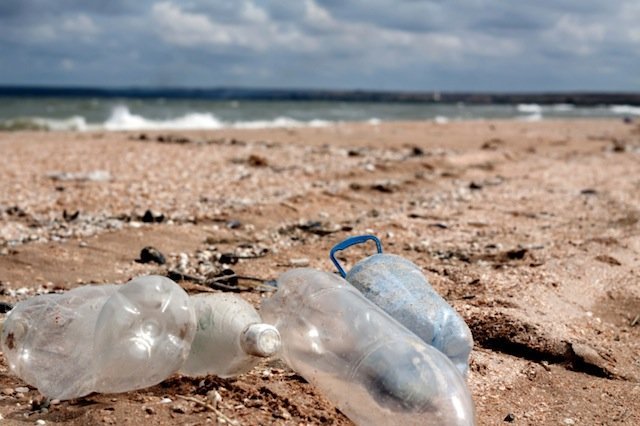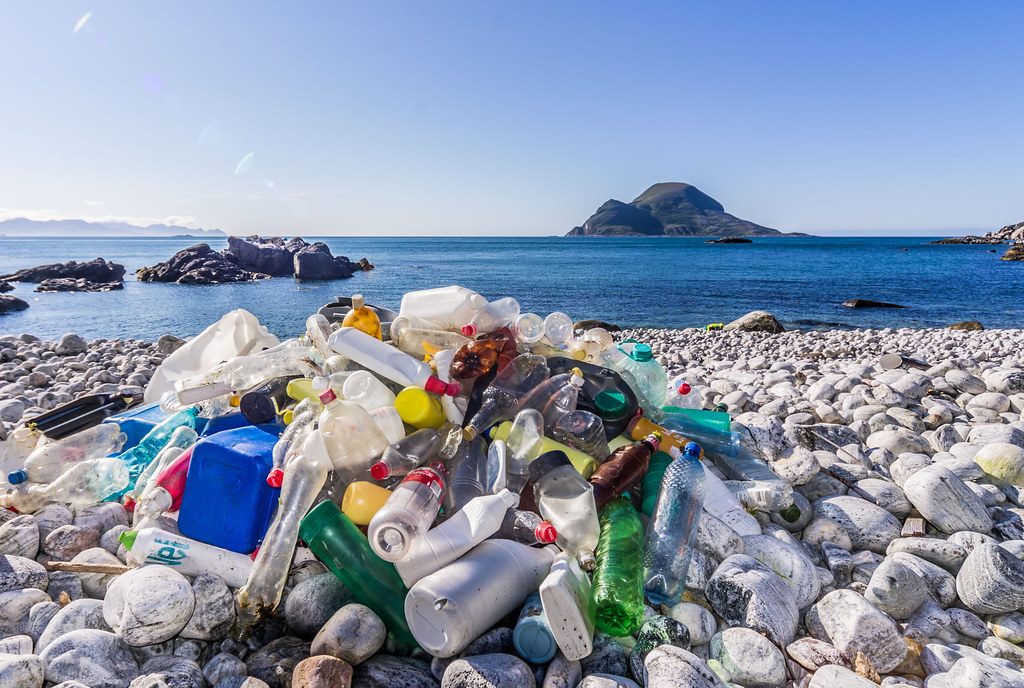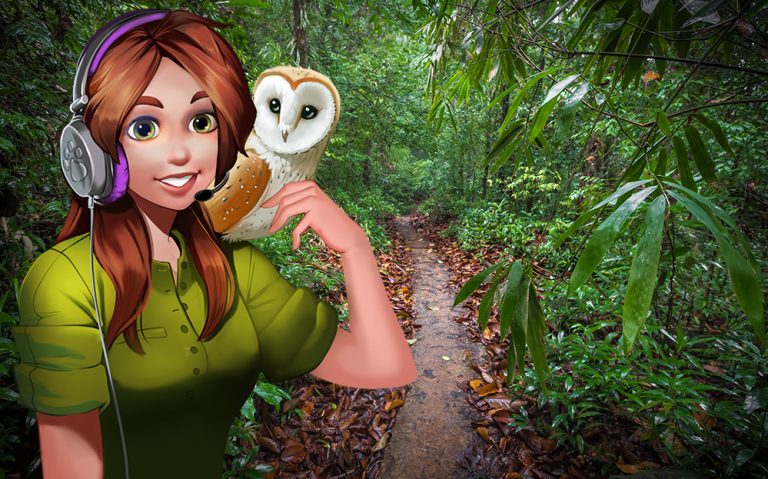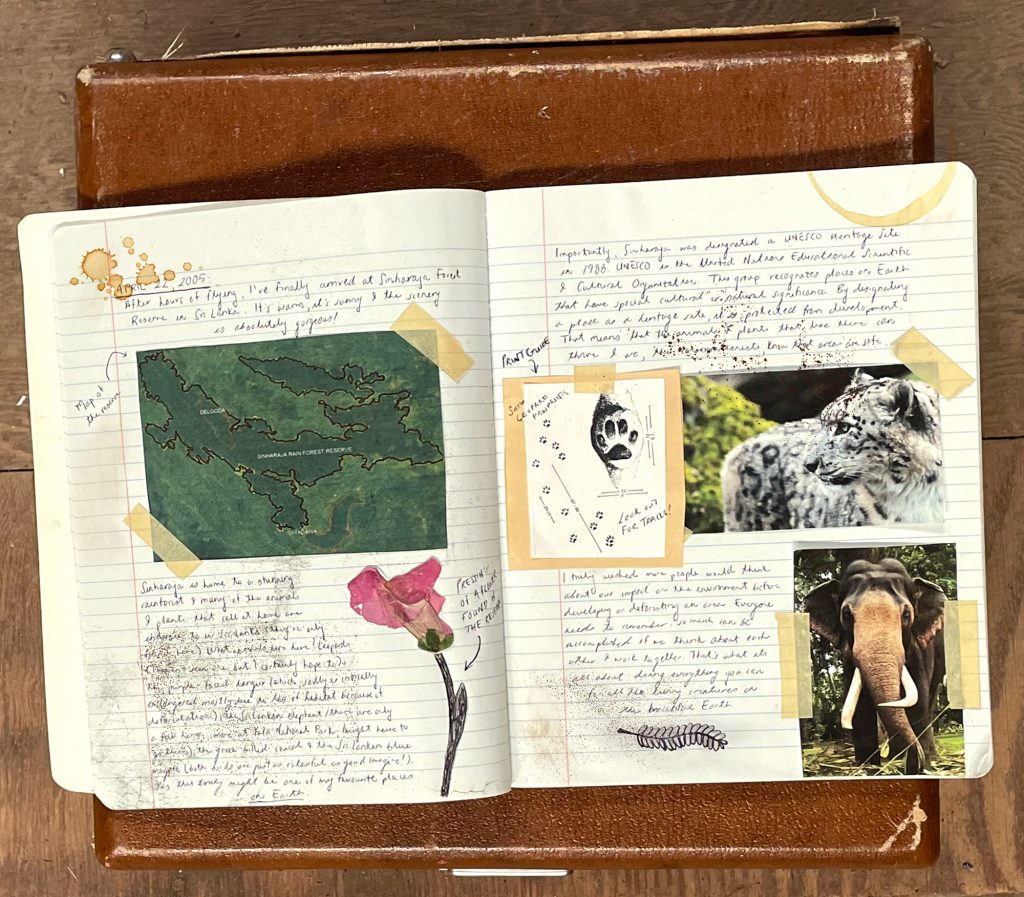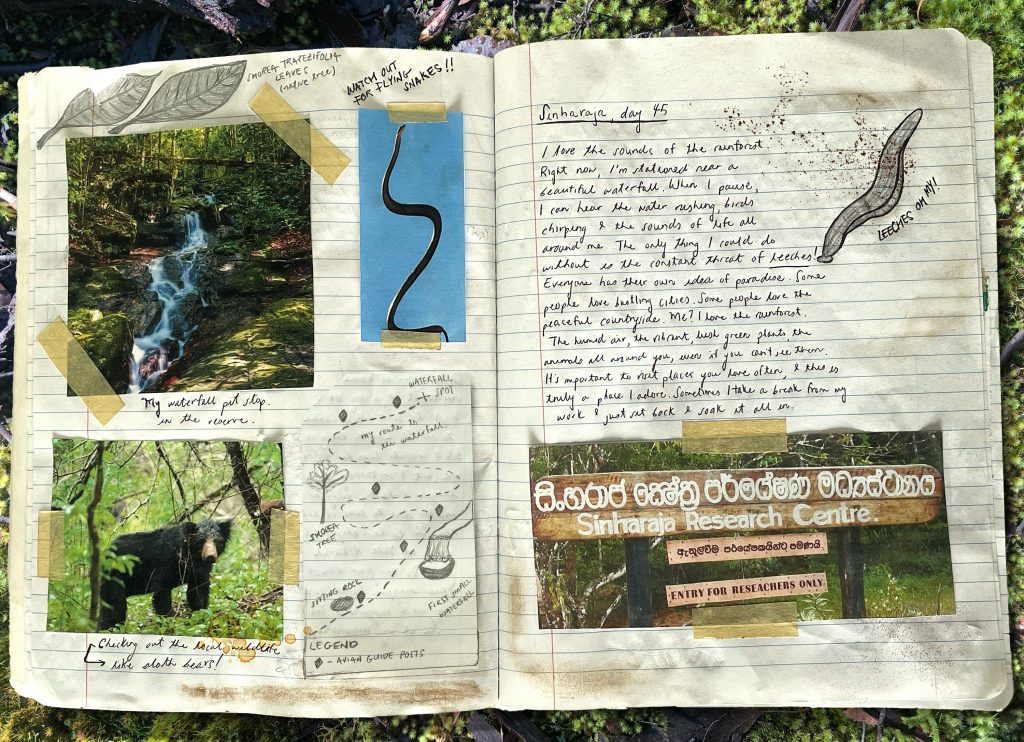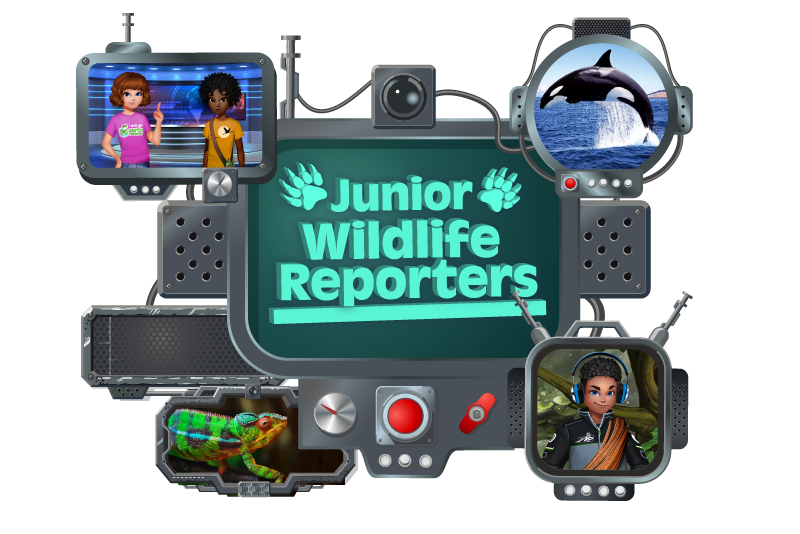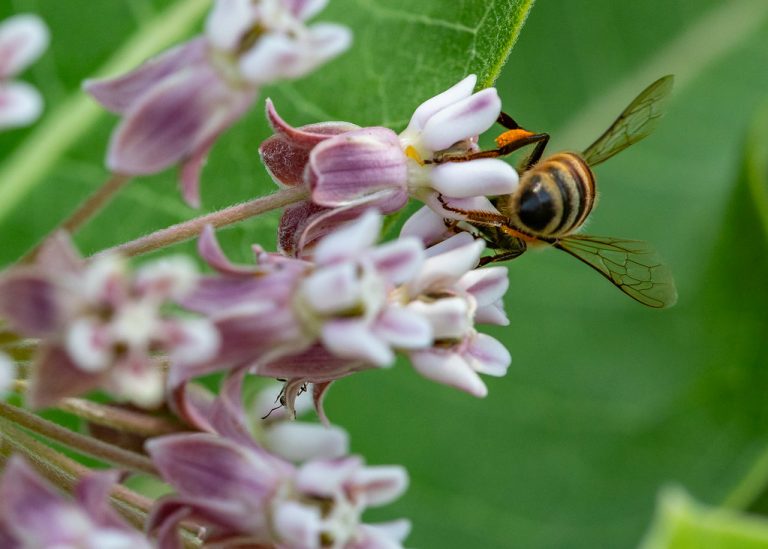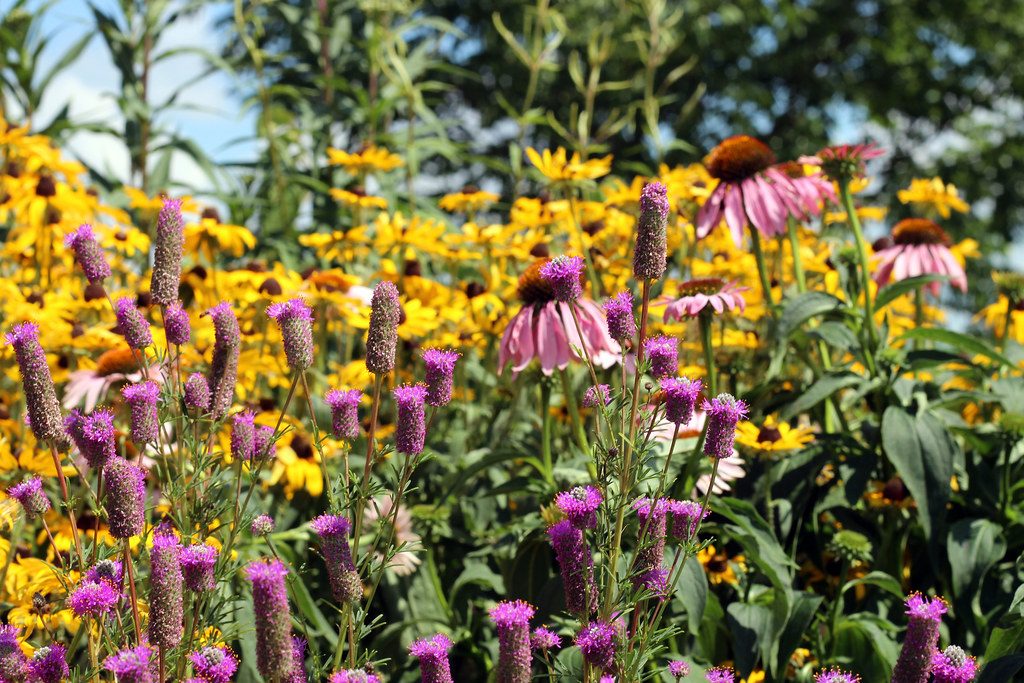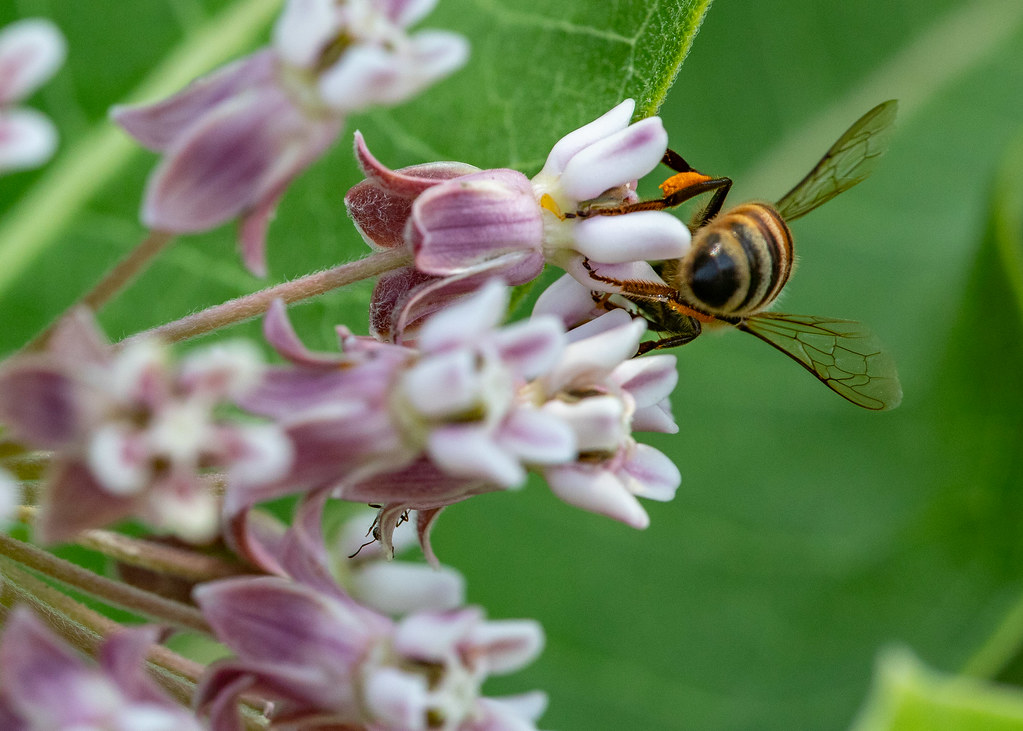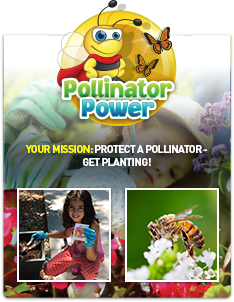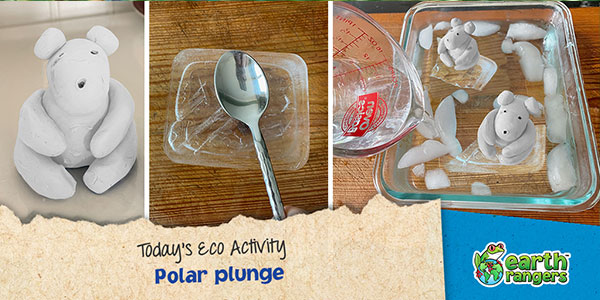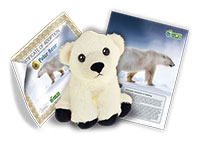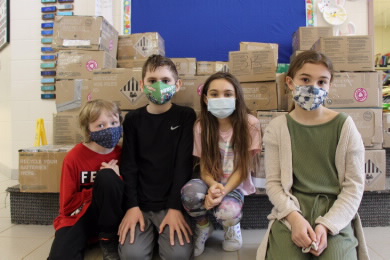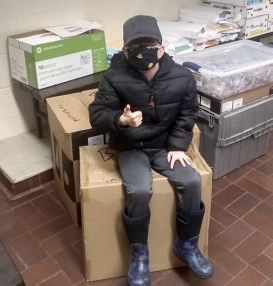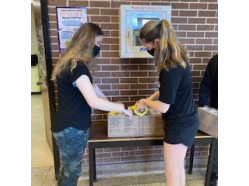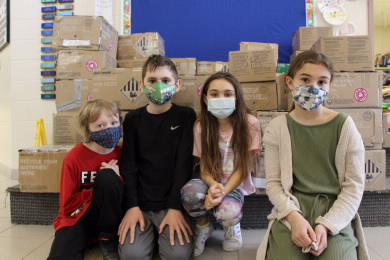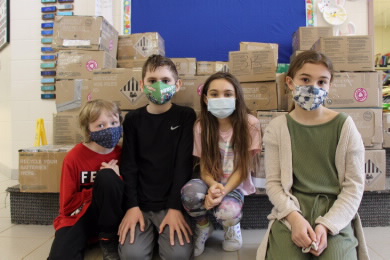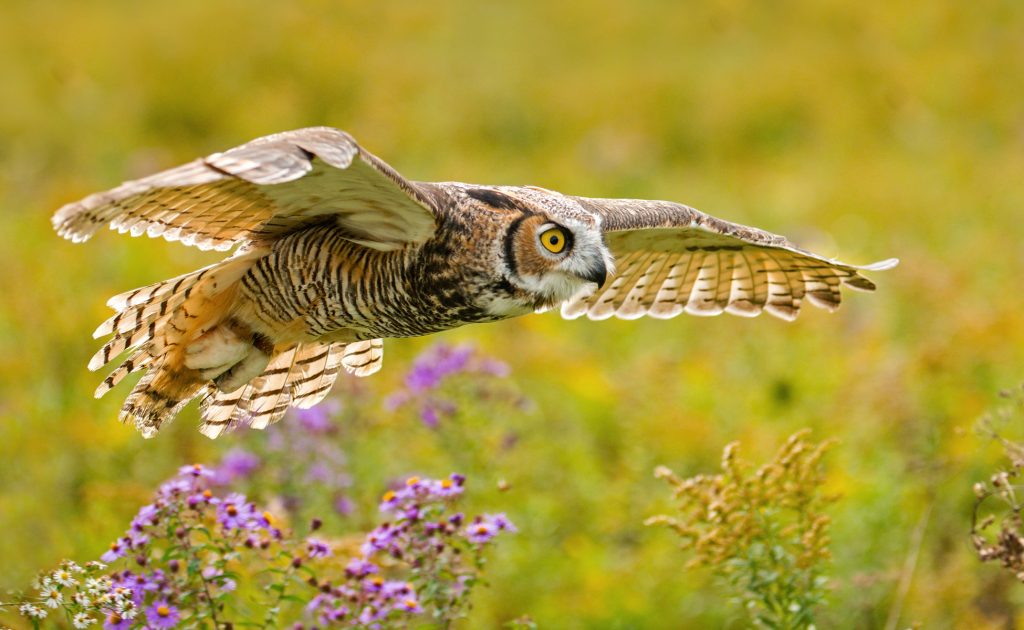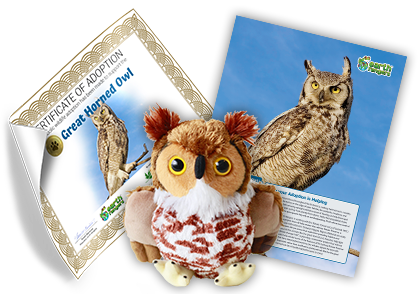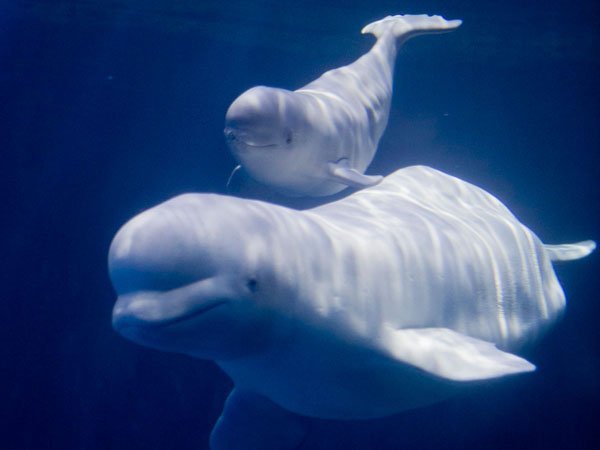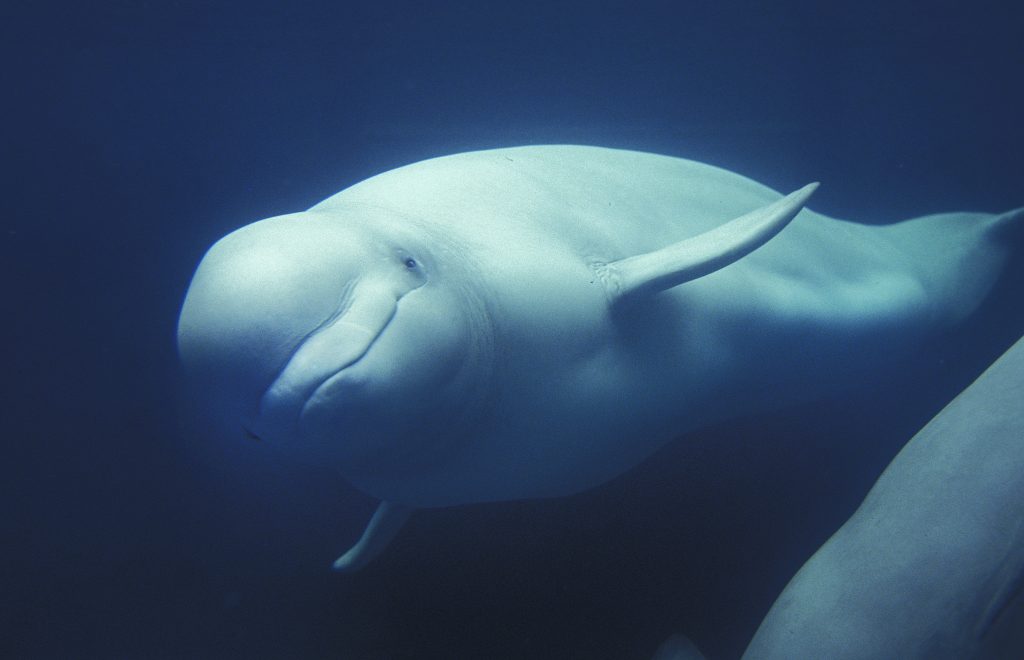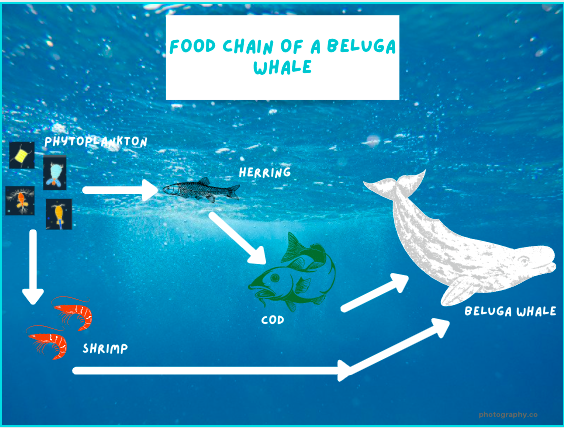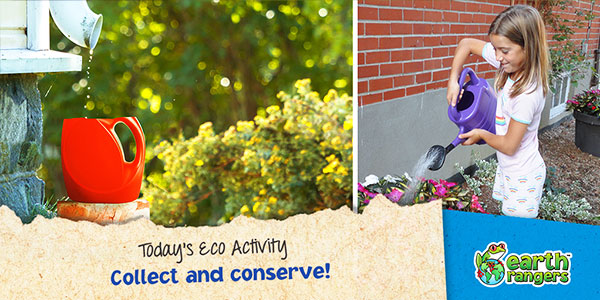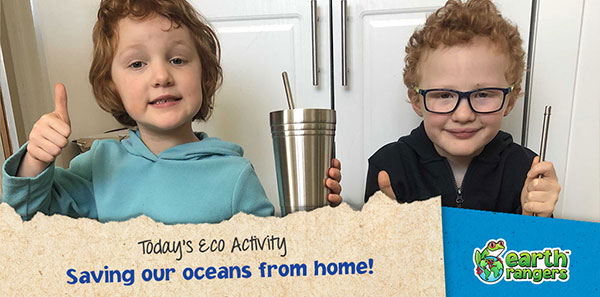
Plastic pollution is a big problem, and our oceans need your help! Today is World Ocean Day, so for today’s eco-activity we’re sharing some simple swaps that will help you protect our planet by eliminating the plastics that can end up as waste in our waters.
First, the facts:
Did you know that about 11% of the plastic waste produced each year ends up in streams, rivers, lakes, and oceans across the world? This might not sound like a lot, but that equals about 20 million metric tons of plastic waste – yikes! Thankfully there’s lots we can do from home to reduce our plastic use. Here’s how!
Tip 1: Choose to reuse!

Did you know the average Canadian uses 1,025 plastic bottles every year? That’s a lot of plastic waste! Switch to a reusable water bottle and take it with you to stay hydrated on the go!
Tip 2: Bars are better

Plastic bottles of soap, shampoo and conditioner can really add up! By using eco-friendly alternatives, such as the bar form of all these products, you can reduce your plastic footprint significantly! Opt for a low or zero waste option when possible.
Tip 3: Brush with bamboo

Plastic toothbrushes can take a whole millennium to decompose – that means that toothbrushes from 1938, the year they were first invented, are still on the planet! By swapping for a compostable option, you can make sure the products you use don’t stay on the planet for longer than you do.
Tip 4: Reduce

Try making homemade snacks like granola bars and popsicles from scratch to avoid plastic wrappers! Making homemade snacks is often healthier, more fun, and helps to avoid a LOT of plastic waste. Plastic wrappers aren’t recyclable everywhere, which means they usually end up in the landfill, where they can easily blow away and end up in streams and rivers.

Want to learn more about plastic pollution? Check out the WildWire Blog for more information!





